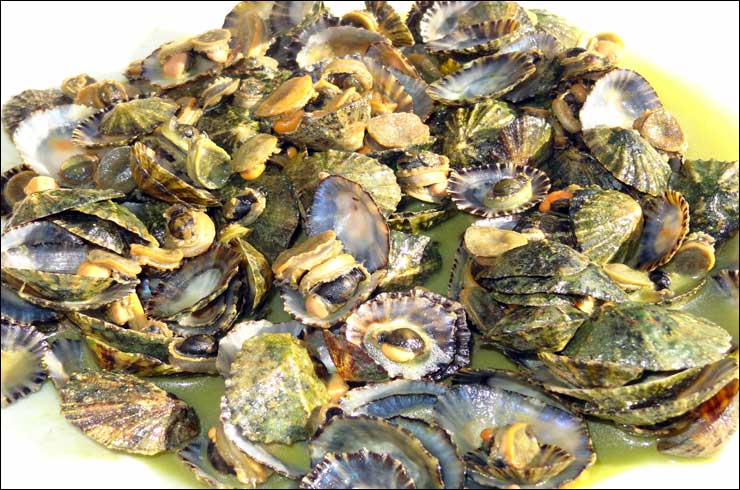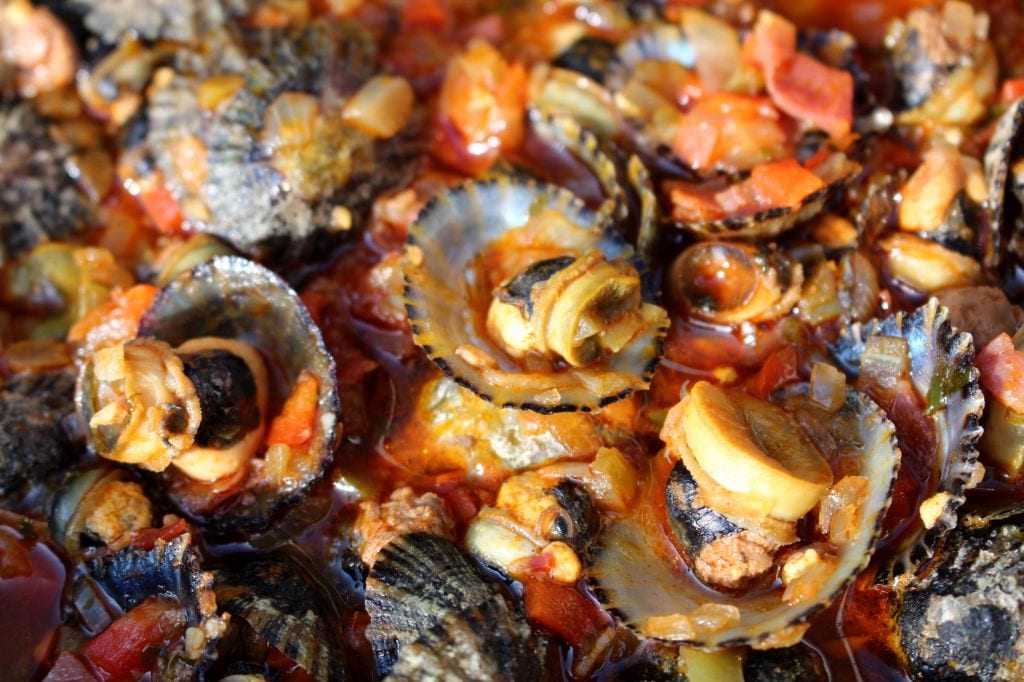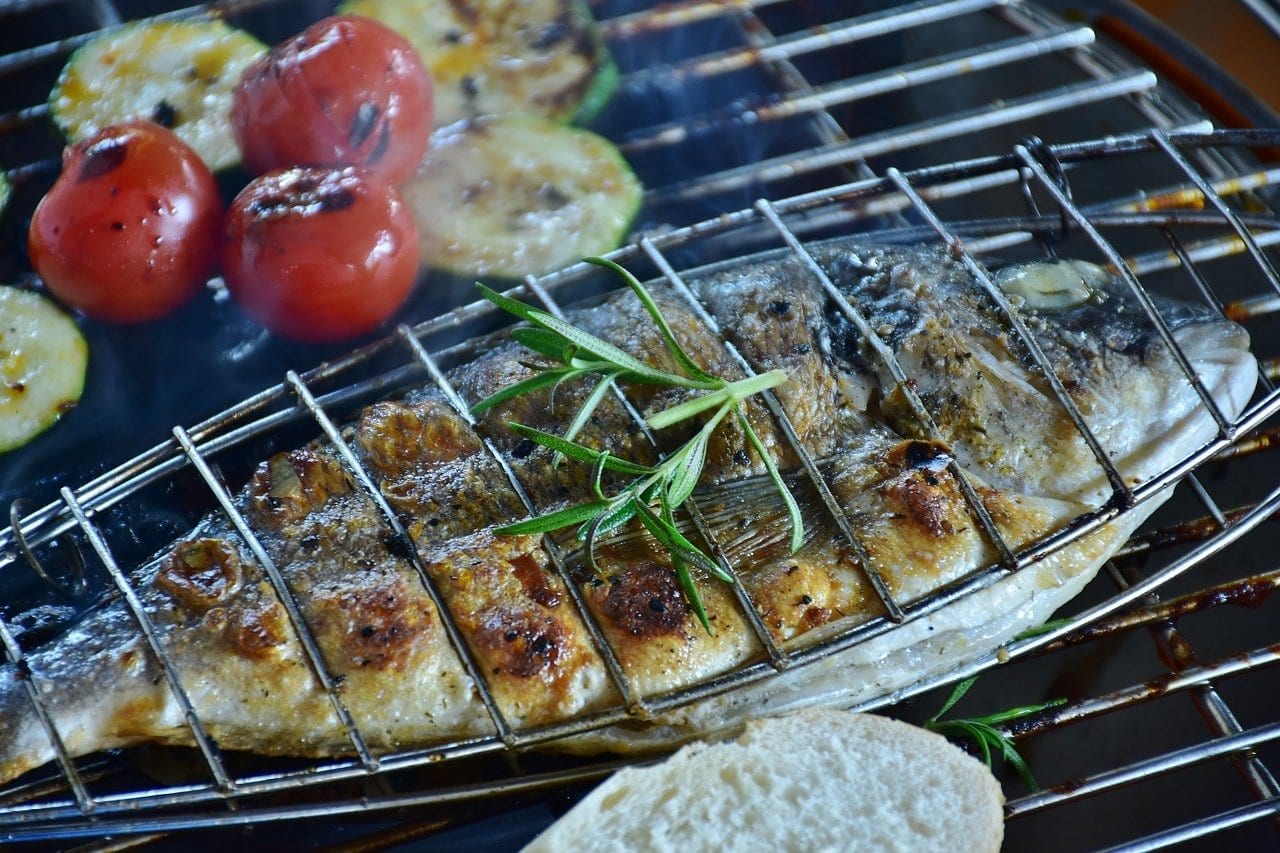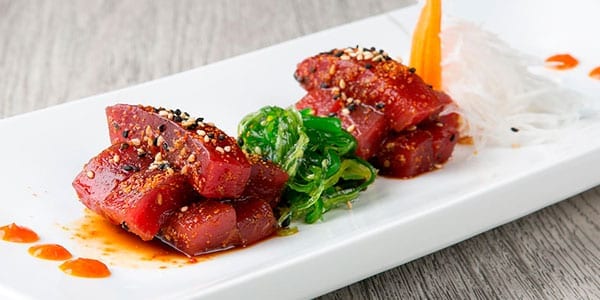Asturias, a beloved and gastronomically rich homeland with a multitude of products from the land itself, it also obtains excellent delicacies from the waters that bathe it. Some are better known, others not so much, as is the case of the lanterns. If you have never heard this name, surely you can get an idea if we already anticipate that it is edible limpets. But not just any, but those that are born and collected on the Asturian coasts. They become an exquisite food whose quote is high. We will tell you more below!
The Asturian marine pantry
It is clear that both the cider such as cachopo are two of the most popular and famous products of the Asturian gastronomy outside its borders. However, not only strong dishes (such as the aforementioned meat) lives the cuisine of this autonomous community in the north of the peninsula. Being bathed by the Cantabrian Sea, the entire province is also nourished by a wide variety of delicacies from these waters.
Among fish and shellfish, the marine pantry Asturiana is very interesting, as much as curious are the names of each of the species that are captured. For example, the andarica, the ñocla, the pixín, the xáragu, the tiñosu or the protagonists of our text today: the lanterns. As unknown as it is sought after and delicious on the palate. Surely after reading this article you want to try them on your next visit to Asturian lands.

What are the llámpares?
Limpets. Neither more nor less than this univalve mollusk from which the phrase "you are stickier than a limpet" has become so popular. Perhaps after tasting this marine delicacy, something will also stick to you ... its peculiar flavor that makes you can't stop eating it! But before seeing how it is made and consumed in the kitchen, let's discover a little about its journey from the sea to the table. Because the lanterns they are not found anywhere, but they inhabit totally stuck to the rocks. Its collection is quite curious. You'll be surprised!
These edible limpets have a small size, although there are smaller or larger ones but they are usually like clams. Being a mollusk, you can imagine how it is: very minimalist. They only have a shell (whose dark color is variable) that opens and closes. Inside it is the living being that is eaten, of a whitish-orange tone. Its appearance is reminiscent of a snail with horns to orient yourself. Of course, the most curious thing is that they have a sucker to go moving through the rocks, fully stuck.

This is how these limpets are peeled
These univalves usually hide under the large rocks that are hit by the waves of small Asturian beaches. A good example is the La Ñora beach, located in the council of Villaviciosa (Gijon). Here, when it comes to extracting them from their natural habitat, the so-called peladores de lanterns They carry their own tool which looks very similar to that of a screwdriver but with a flatter tip. As the saying goes "each teacher has his little book", each peeler manufactures his own utensil to "peel" each limpet. Yes, this is the verb used by those who work in this profession that began to emerge about 50 years ago.
The normal is collect the largest ones but beware! Because another curiosity is that as soon as you touch or put this mollusk on your finger, it sticks like a limpet. What a surprise right? In less than two minutes ... they play it on you. The peelers, who must be licensed as fishermen to catch them, usually carry a basket to transport them to the point of sale or the kitchen, directly.
How are they prepared in the kitchen?
The ways of making the lanterns more traditional are several. One of them is also very curious, as it is known as «you suffocate«, That is to say, with a splash of oil in the frying pan. As simple as that. Another culinary method is stewed with paprika, onion and oil along with some noodles or fabes To accompany.
Without a doubt, this last dish is highly appreciated in the gastronomy of Asturias, so we recommend you try it. Also, if you go to the municipality of Fifths when the Gastronomic Days of The Lamps, You already curl the curl! This marine delight is waiting for you.







